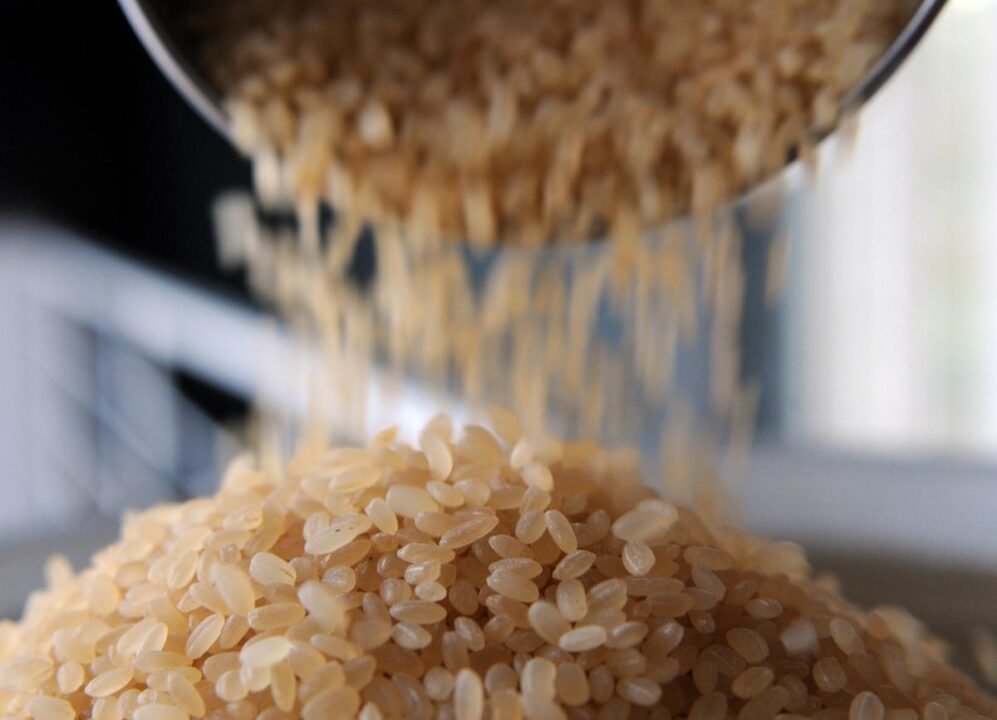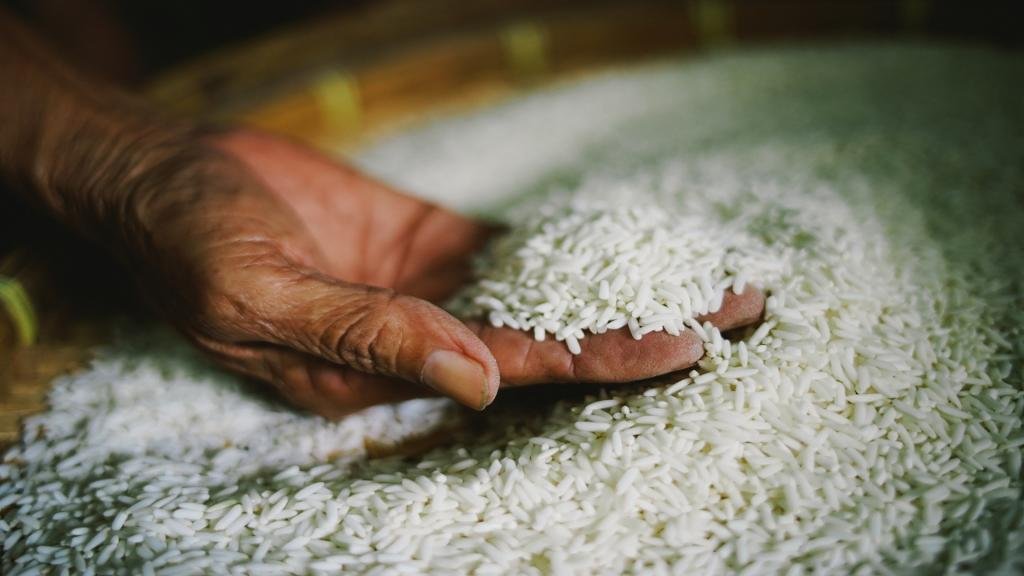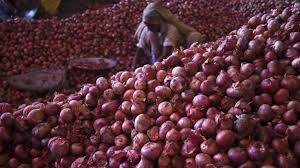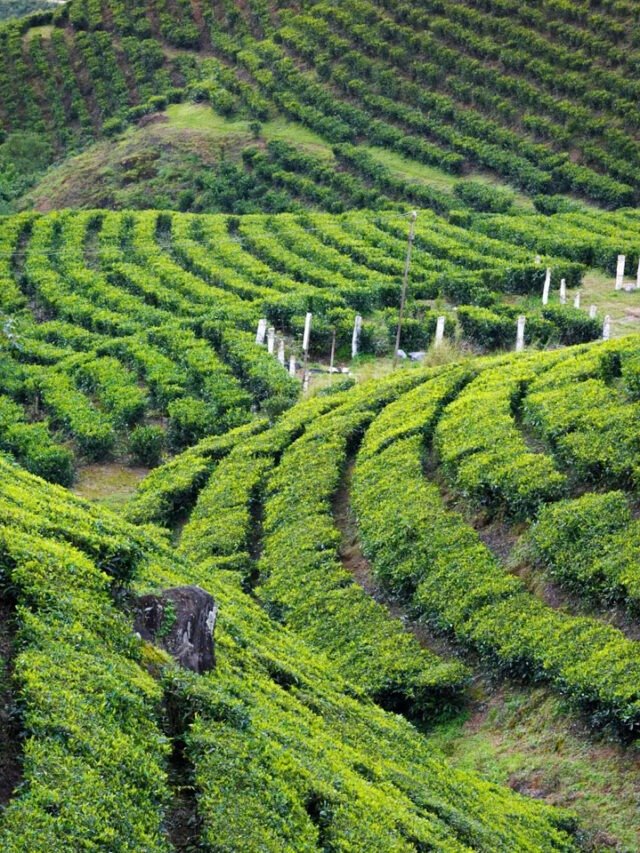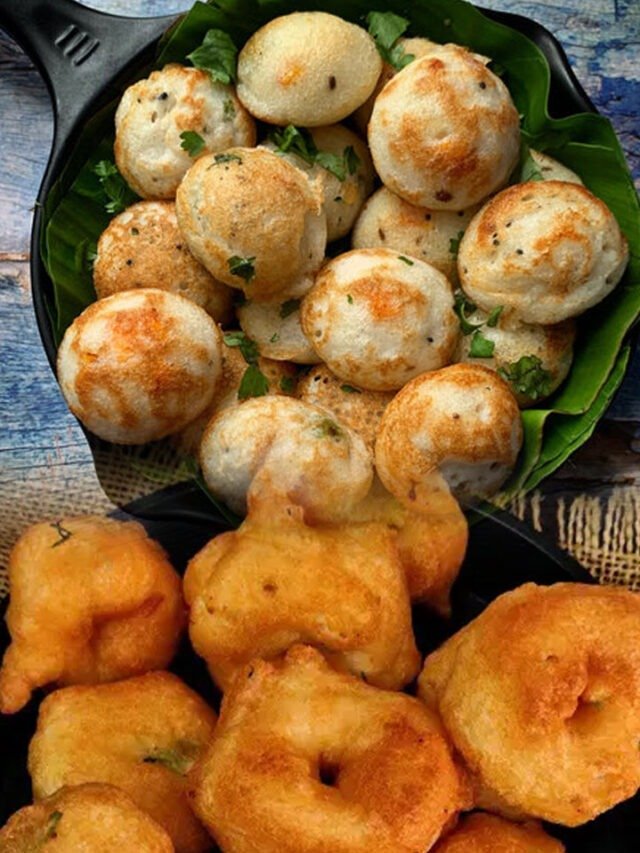NEW DELHI, Sept 9: The government has banned export of broken rice to check rising retail prices and boost domestic supply after a fall in sowing area is projected to lower the country’s production by 10-12 million tonnes this kharif season.
A 20 per cent export duty has also been imposed on non-basmati rice except for the par-boiled, to discourage exports.
Explaining the rationale behind the ban, Food secretary Sudhanshu Pandey told reporters that there has been an “absolutely abnormal” rise in shipments of broken rice and the broken grains were also not available in sufficient quantity for animal feed as well as ethanol blending programme.
India, the world’s second-largest rice producer after China, commands a 40 per cent share in the global trade. The country exported 21.2 million tonnes of rice in 2021-22, of which 3.94 million tonnes were basmati rice.
“Export policy of broken rice …is amended from ‘Free’ to ‘Prohibited’,” the Directorate General of Foreign Trade (DGFT) said in a notification dated September 8, 2022.
The notification comes into effect from Friday, September 9, 2022.
Pandey said the country exported 3.89 million tonnes of broken rice in 2021-22, a sharp jump from 1.22 million tonnes in 2018-19. China imported 1.58 million tonnes of broken rice last fiscal year.
In the April-August period of this fiscal year, the export of broken rice increased to 2.13 million tonne from 1.58 million tonne in the year-ago period and mere 51,000 tonne in 2018-19.
“It (export) has multiplied almost 42 times. So this is not (just) abnormal increase in exports. This is absolutely abnormal,” Pandey said.
India’s total rice exports rose to 21.23 million tonnes in the last fiscal year from 17.78 million tonnes in the previous year and 9.51 million tonnes during 2019-20.
In the April-August period of FY23, the country has already exported 9.35 million tonnes rice as against 8.36 million tonnes in the year-ago period.
“During April to August this fiscal, the export share of broken rice increased to 22.78 per cent as compared to the 1.34 per cent in the corresponding period of 2019-20,” the secretary said.
Besides sharp rise in exports, Pandey said the domestic wholesale and retail prices of rice are showing increasing trend.
“The variation is more than what was the MSP (minimum support price) increase,” he told reporters here.
The wholesale prices have risen by 8 per cent to Rs 3,291 per quintal as on September 7 from Rs 3,041 per quintal a year ago, while the retail prices have gone up by 6.38 per cent to Rs 37.5 per kg from Rs 35.25 per kg.
Pandey said the animal feed prices have also gone up. Maize price increased from Rs 19 per kg on January 1, 2022 to Rs 24 per kg on September 8, 2022. Broken rice price has also increased from Rs 16 per kg to Rs 22 per kg during the same period.
Further, he said the imposition of export duty on all non-basmati rice except par-boiled, would help prices to cool down.
International price of Indian rice (non-basmati and others) is around Rs 28-29 per kg, which is higher than the domestic price.
No change of policy is done in par-boiled rice so that farmers continue to get good remunerative prices, according to a government presentation made during the briefing.
Pandey said that there is neither a ban nor customs duty on exports of basmati rice.
Shipments of basmati rice fell to 3.94 million tonnes in the last fiscal year from 4.63 million tonnes in 2020-21. However, during April-August of this fiscal, the exports of premium basmati rice went up to 1.82 million tonne as against about 1.7 million tonne in the year-ago period.
As per the DGFT notification, provisions under the Foreign Trade Policy 2015-2020 regarding the transitional arrangement shall not be applicable to this notification. It added that during September 9-15, certain consignments of broken rice will be allowed to be exported.
On Thursday, the government imposed a 20 per cent export duty on non-basmati rice except for par-boiled rice.
According to a notification by the revenue department, an export duty of 20 per cent has been imposed on ‘rice in husk (paddy or rough)’ and ‘husked (brown) rice’. The export duty comes into effect from September 9.
The ban on broken rice and export duty of 20 per cent on non-basmati rice, except for par-boiled, have been imposed amid concern over likely fall in rice output.
As on September 2, the area under the paddy crop was down by 5.62 per cent at 383.99 lakh hectare in the ongoing Kharif season due to poor rains in some states.
According to the Food Secretary, rice production could fall by 10-12 million tonnes during this kharif season due to a decline in paddy sowing.
However, he asserted that the country will have surplus production in rice and this is an initial estimate based on drop in acreage and average yield.
Pandey pointed out that the paddy acreage is lower by 38 lakh hectare so far this kharif season, because of less rains in many states.
The kharif season contributes about 80 per cent of India’s total rice production.
Pandey said the fall in production could be less as yield might improve in states where rains have been good.
Total production of rice during the 2021-22 crop year (July-June) is estimated at a record 130.29 million tonnes. It is higher by 13.85 million tonne than the last five years’ average production of 116.44 million tonnes. (PTI)


